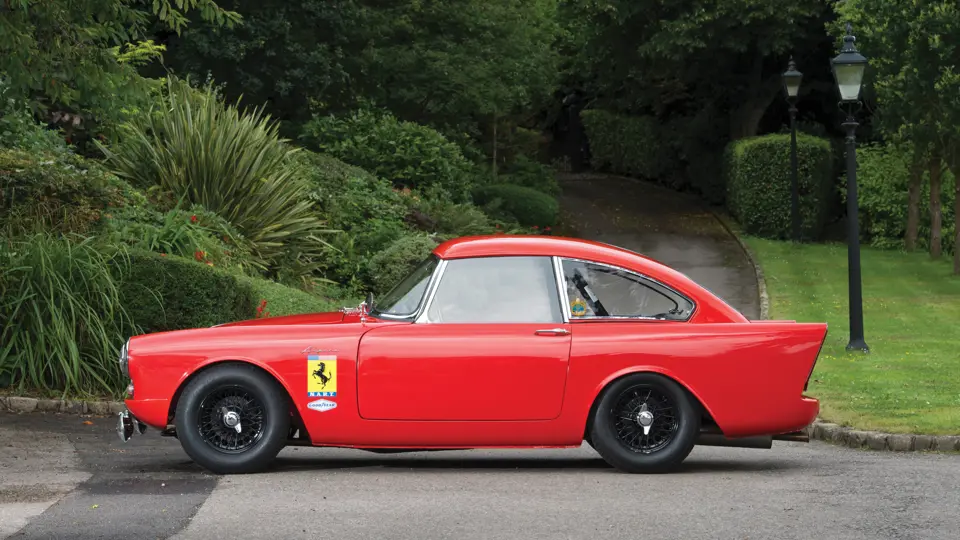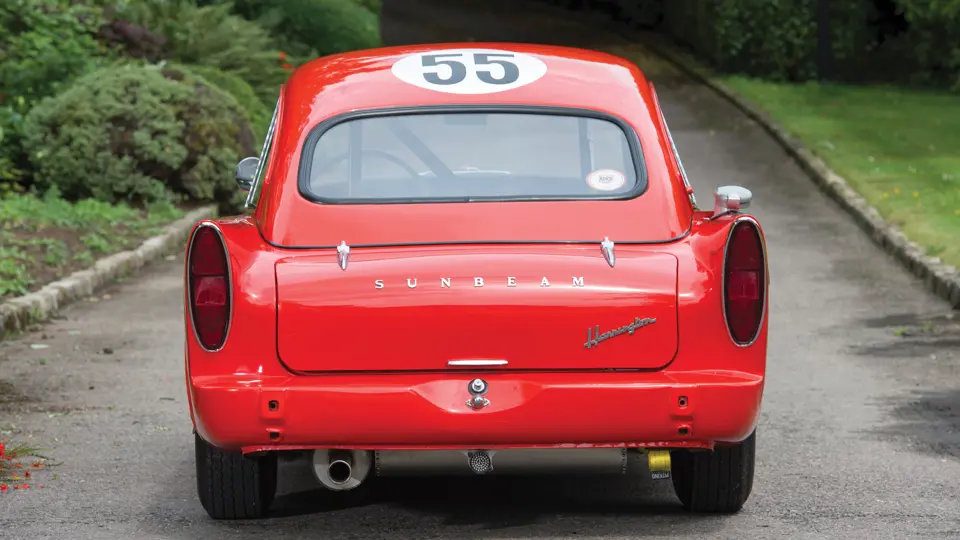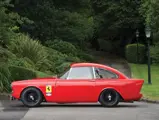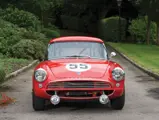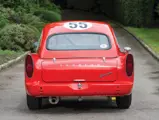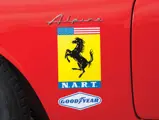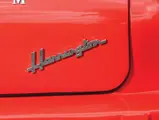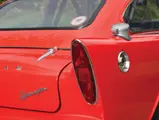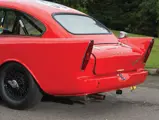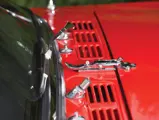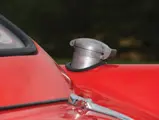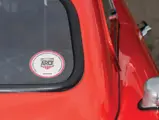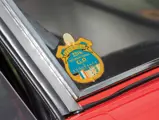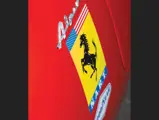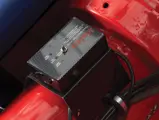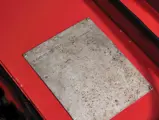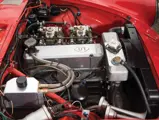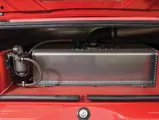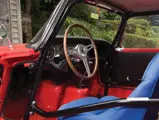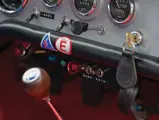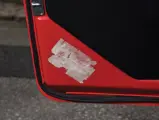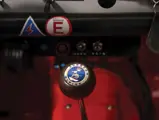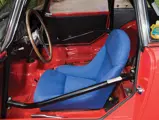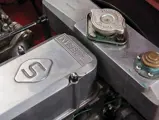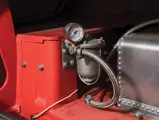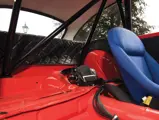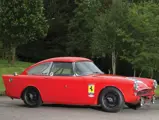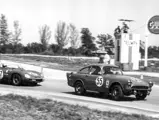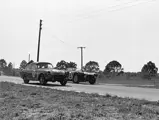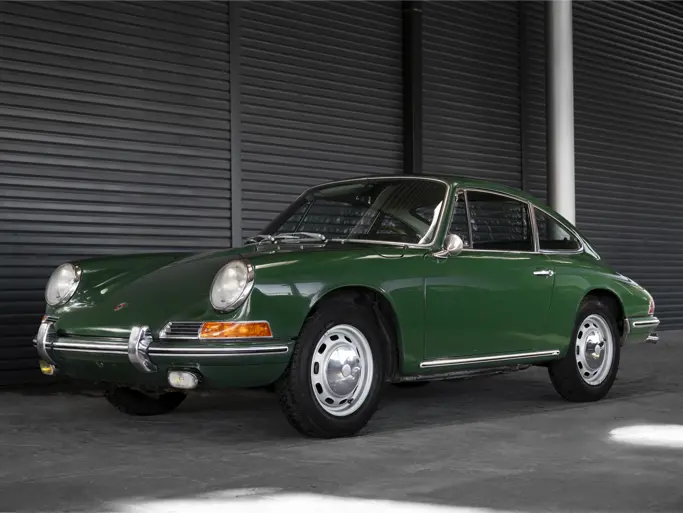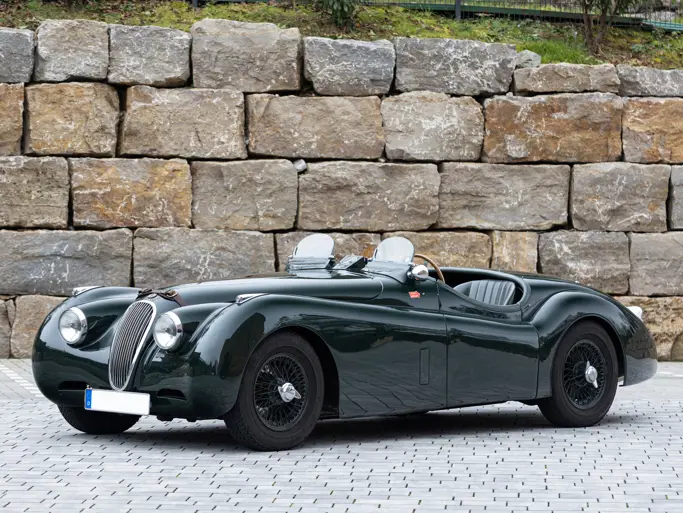Designed during the mid-1950s, the Sunbeam Alpine was one of the most advanced road car designs to come out of early post-war Britain. The chassis was a combination of a stiff steel monocoque supported by a cruciform box-section frame, while the styling drew strong inspiration from the optimistic designs of American sports cars like the Ford Thunderbird.
Upon the launch of the Alpine, many customers complained of the lack of a coupe version. Instead of going to the great expense of developing a hardtop model, Rootes turned to Thomas Harrington Ltd.—already an official dealer—to create the Harrington Alpine coupe based on the Series II Alpine. The roof was made with fiberglass and shaped with low-drag aerodynamics in mind. Other modifications included a new rear bulkhead and shorter boot lid to accommodate the roof. Aimed at competitive-minded customers, the Harrington Alpines were also offered with three different stages of Hartwell tuning.
Believed to be the only left-hand-drive example produced of the 110 first-series Harrington Alpine coupes, this Sunbeam was first delivered to Marchese Filippo Theodoli. An Italian noble by birth, Theodoli immigrated to Boston in 1948. Theodoli already had race experience with a Sunbeam Alpine, competing with one in the 1961 12 Hours of Sebring. Chassis number B9106097 was completed by 9 June 1961; Theodoli flew over to England to personally take delivery of his new racing car. As noted in a 1963 letter from G.H. Harrington, when delivered, this Alpine was fitted with a Stage III Hartwell-tuned engine.
Theodoli first raced this Harrington Alpine at the 1962 12 Hours of Sebring, entered by Rootes Motors, England, in class GT9, where he finished 33rd. Races at the SCCA Vinehall 4 Hours race and the Double 400 at Bridgehampton in September 1962 followed. The highlight of this Harrington Alpine’s racing career would come in early 1963. As an account executive for Gardner Advertising Agency, Theodoli looked after the Ferrari account and had become personal friends with Luigi Chinetti. Hence, that year’s Sebring 12 Hours saw Theodoli’s Sunbeam on the grid emblazoned with NART emblems featuring the famous cavallino rampante of Ferrari. Despite fuel filler problems, he finished a very credible 4th in the GT9 class and 36th overall, beating the OSCAs also entered by NART.
Following Sebring, the Alpine Harrington was offered for sale with Stan Hallinan of D&H Autos, New England, who had been responsible for much of the race preparation. Bob Avery bought the NART Alpine on the basis that Hallinan convert it back to road specification. Avery eventually decided to restore this Harrington Alpine back to NART specification, a bare-metal restoration that started in 1993 and was finally completed in 2002. Avery would end up keeping the Alpine until his death in 2012, when the third owner imported it back to England. A keen historic racing enthusiast, the third owner further restored the Harrington coupe, enlisting Clive Harrington to return the car to perfect 1963 Sebring 12 Hours specification. After several years of successful racing, the Alpine was once again offered for sale and subsequently returned to the United States.
Now offered from only its fourth owner, with a complete and well-known history, this Sunbeam Harrington Alpine coupe is ready to drive and enjoy at the very best historic events.

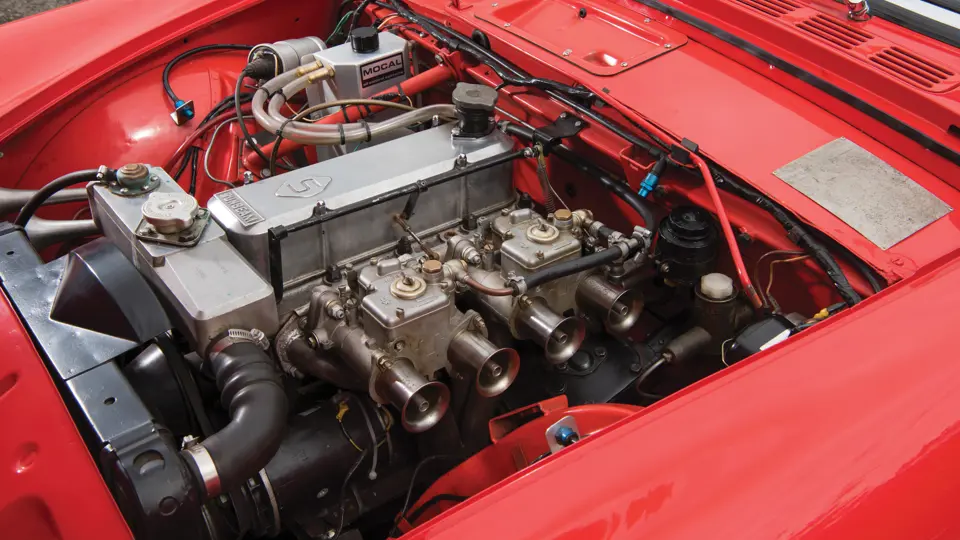
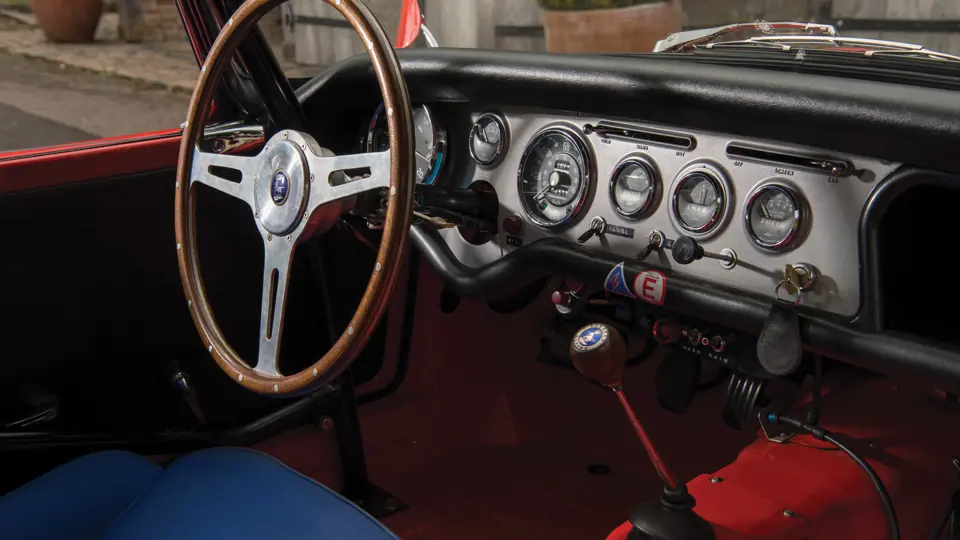


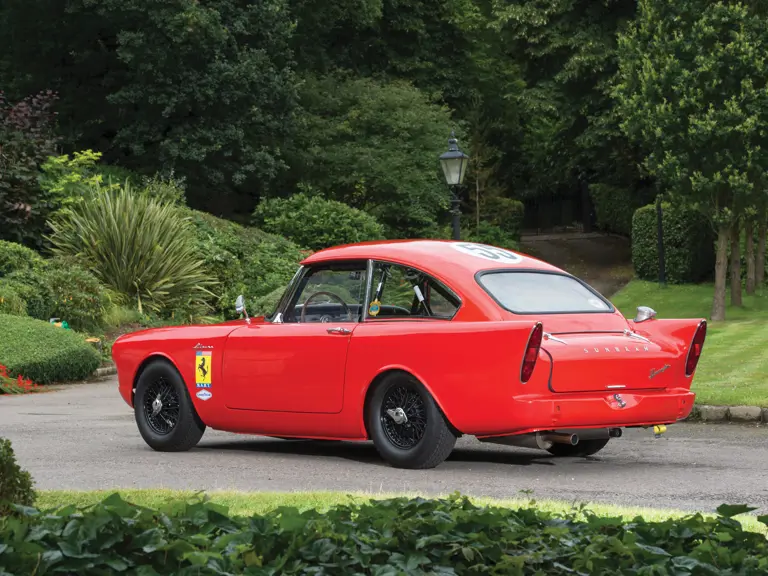
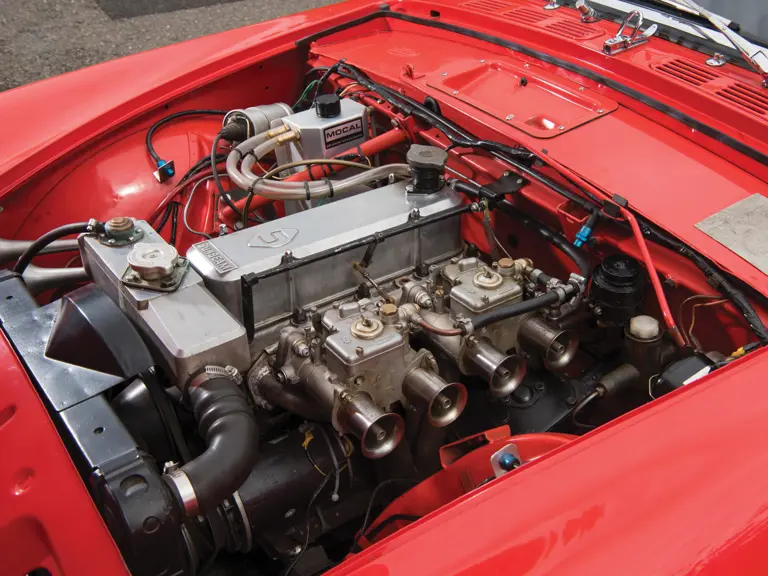

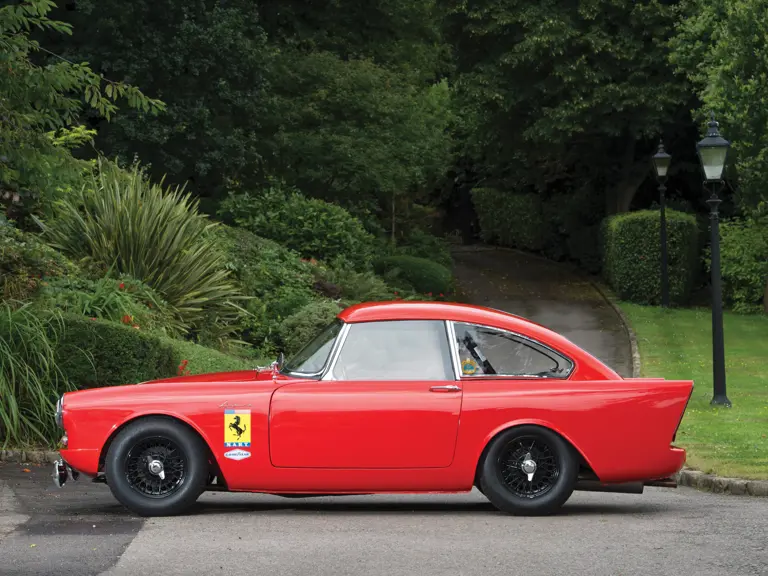
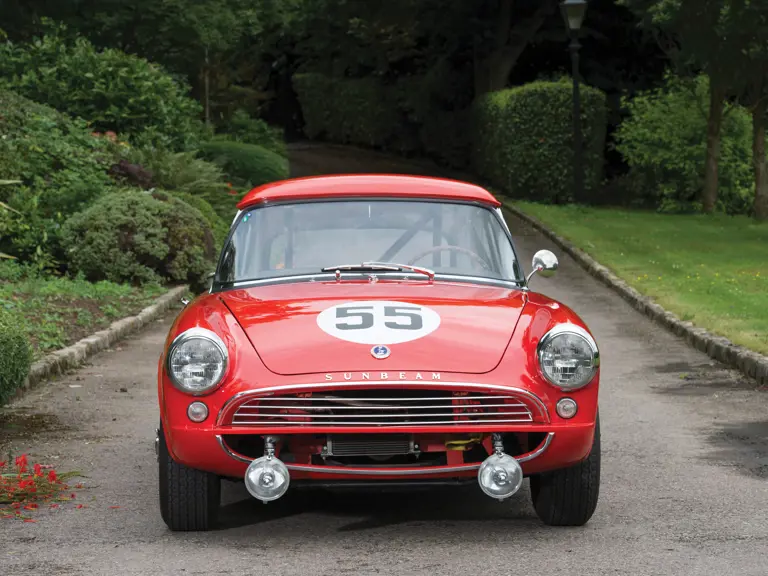
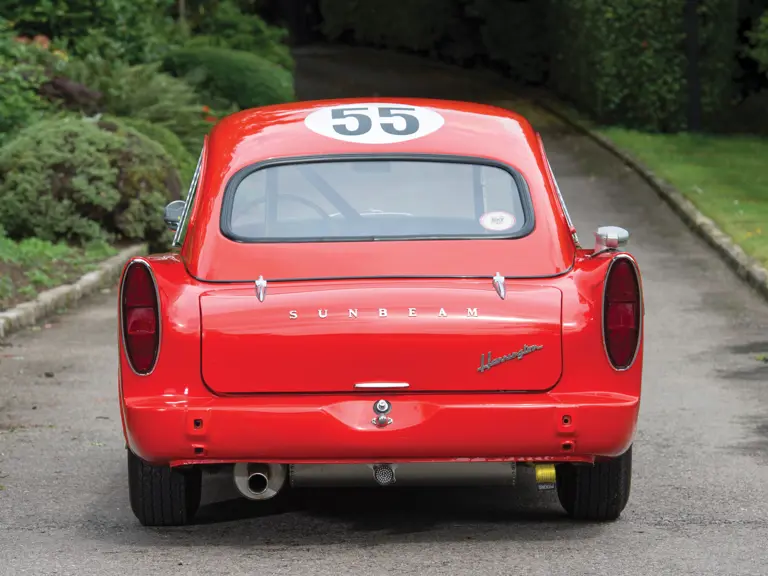
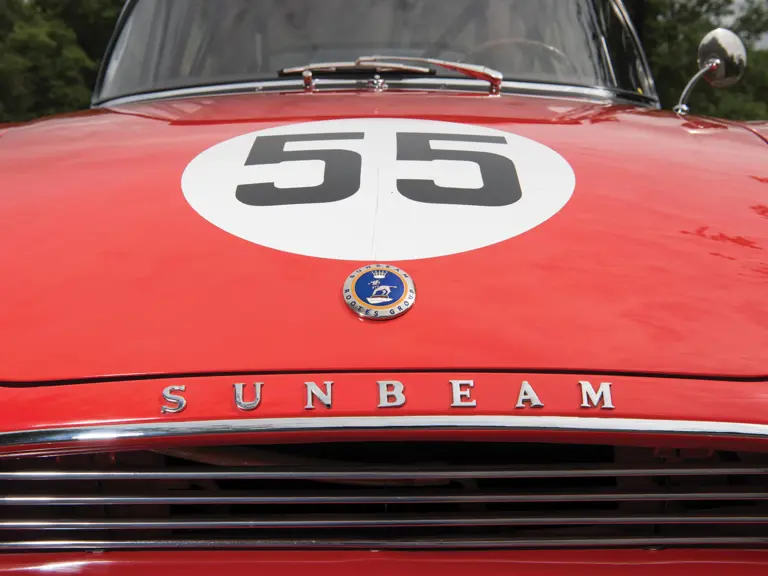

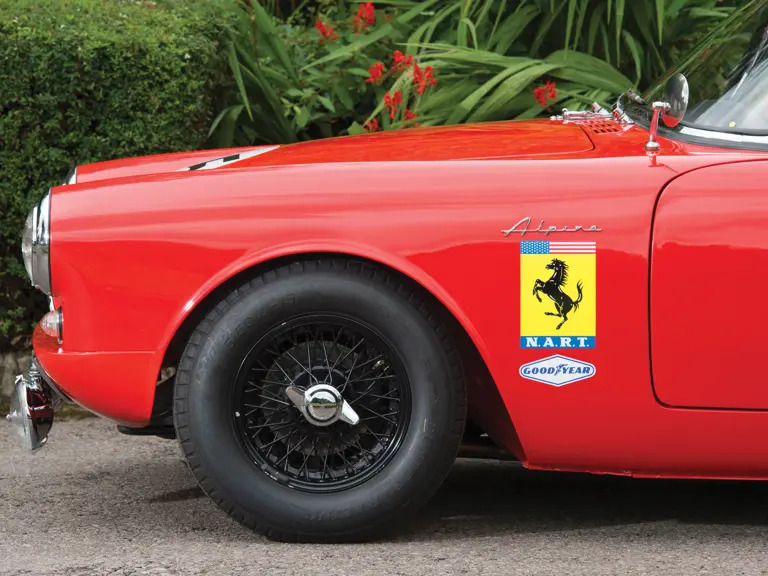
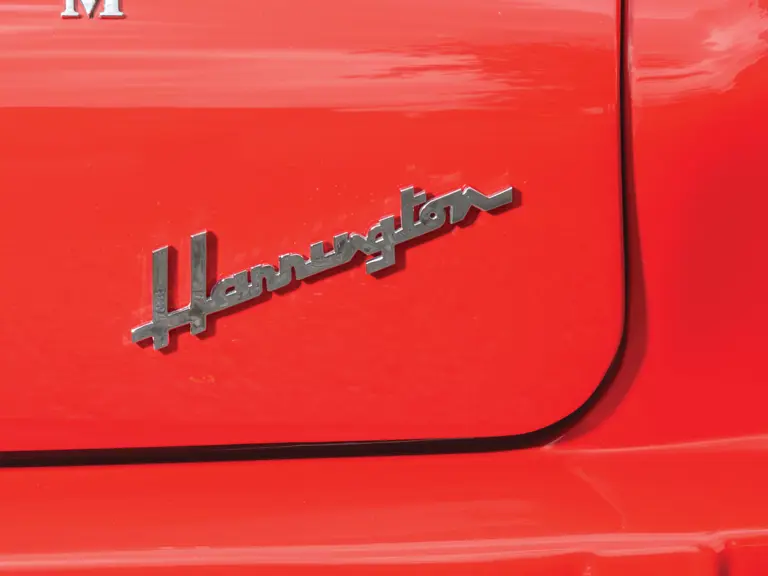
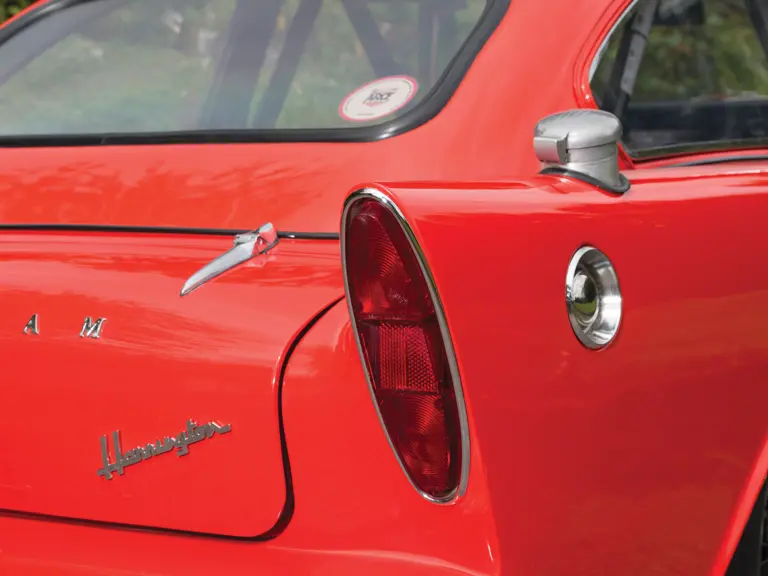

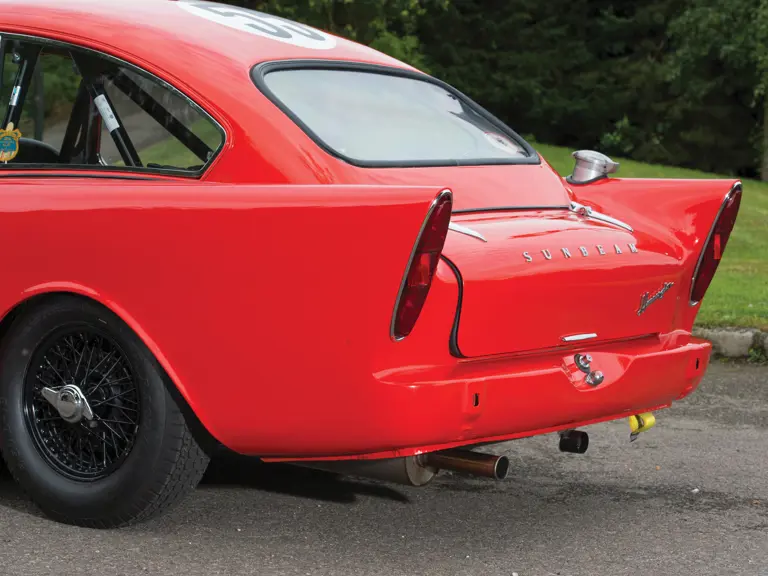
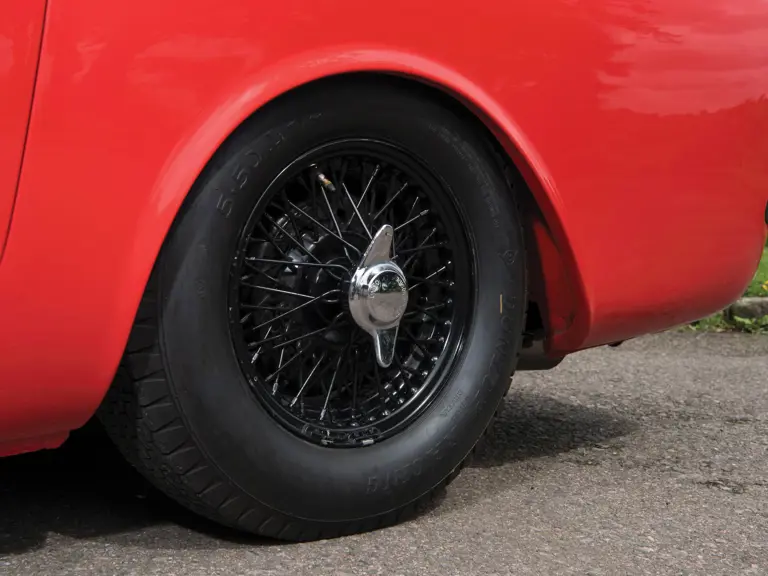
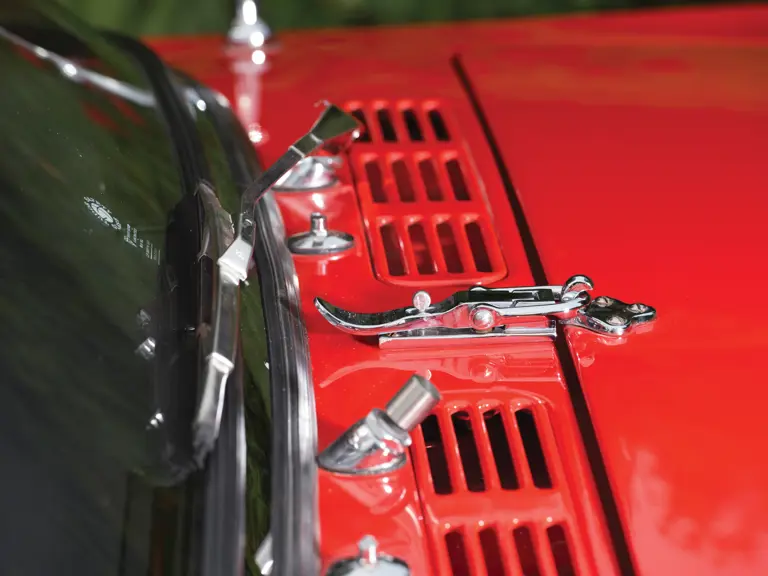
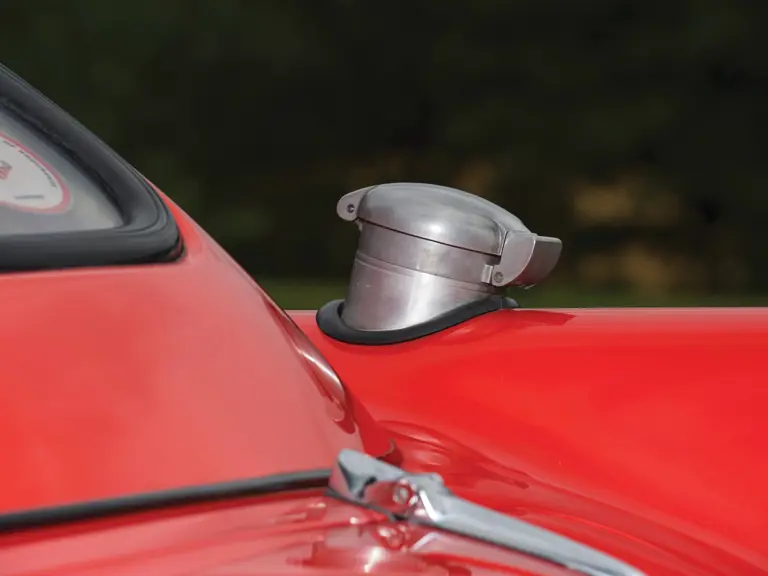
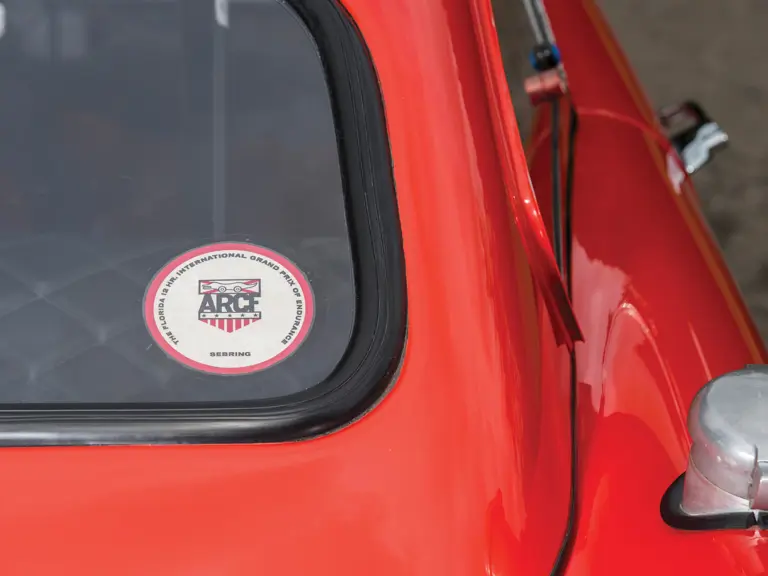
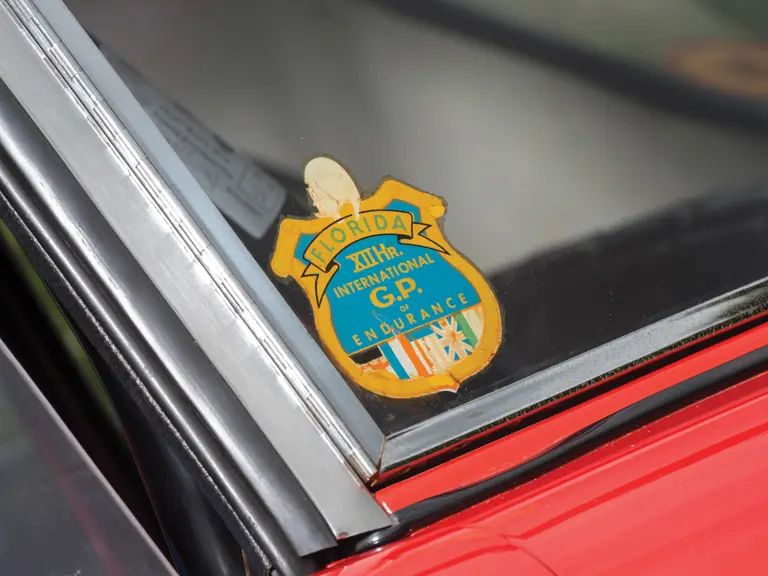
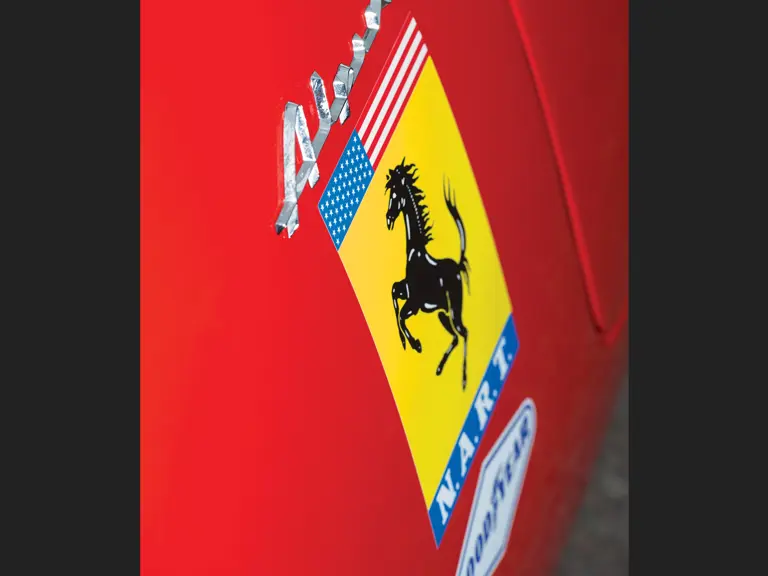
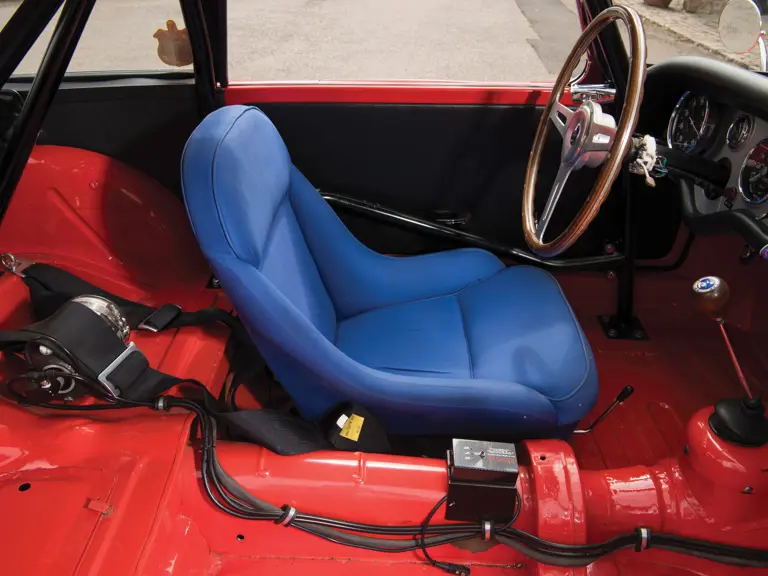
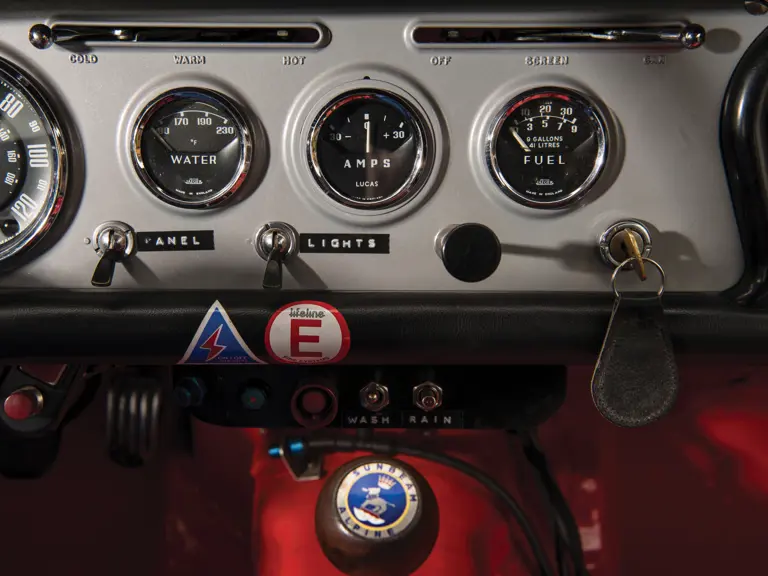
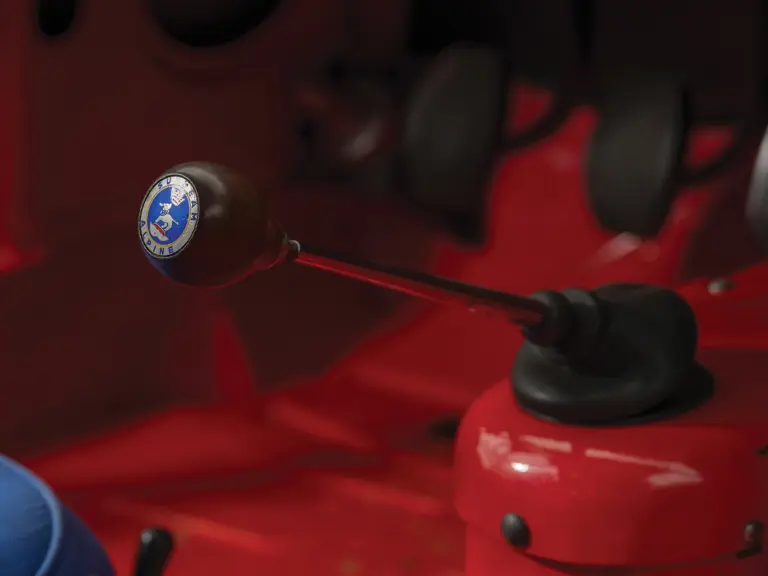
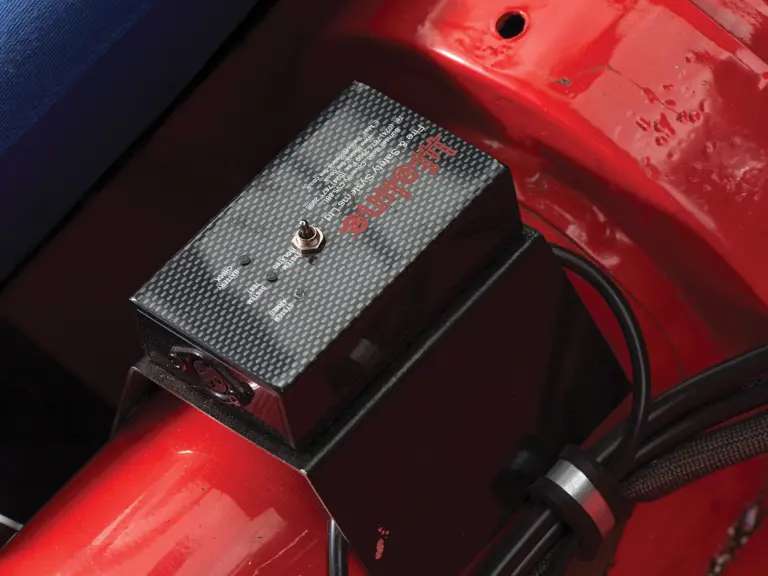
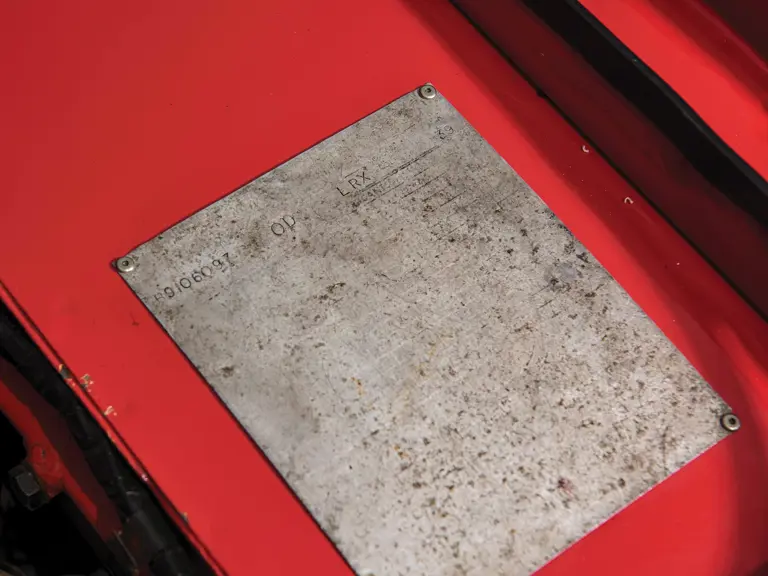

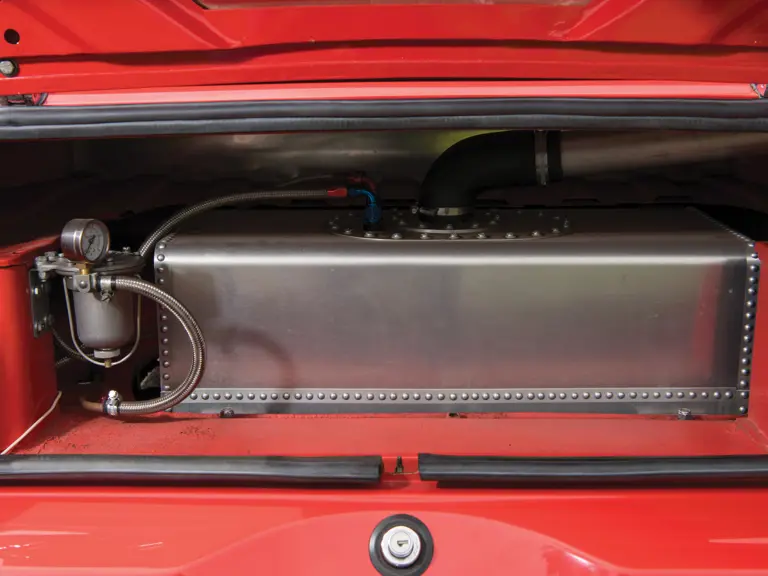
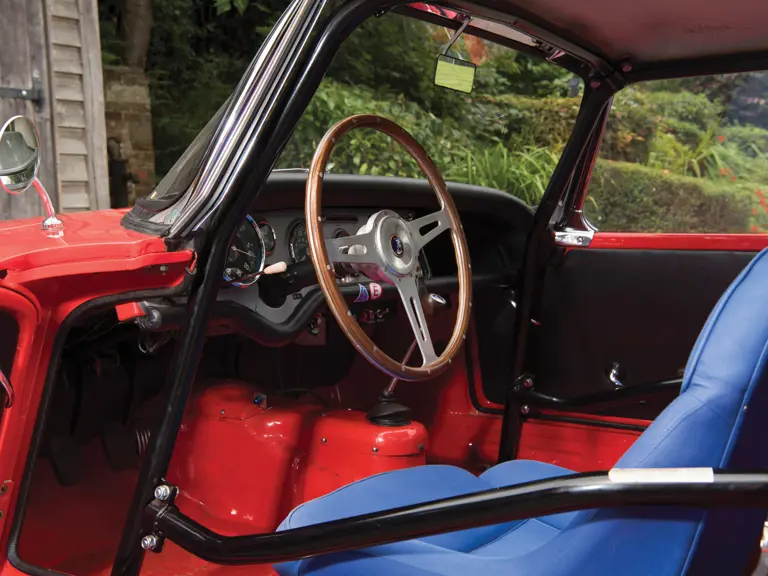
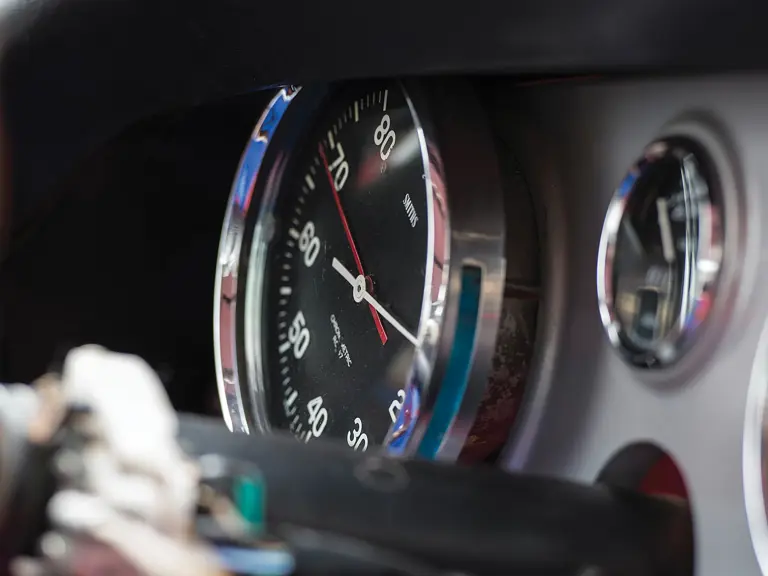

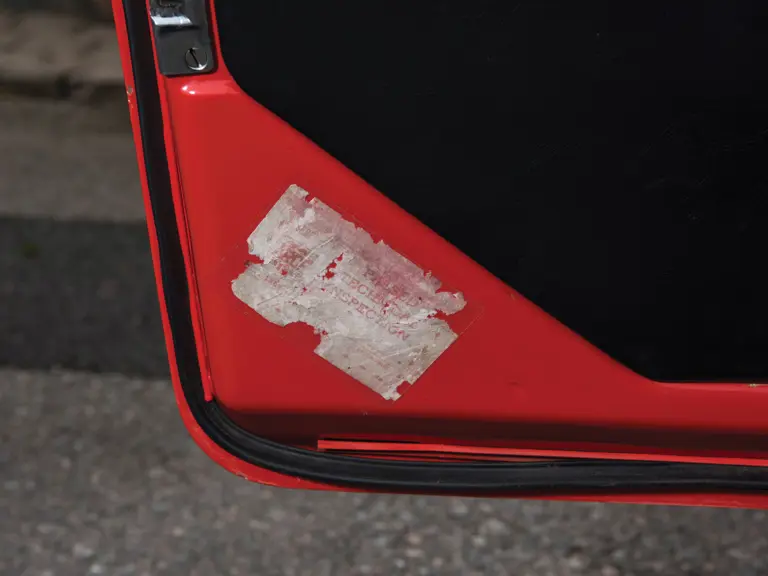
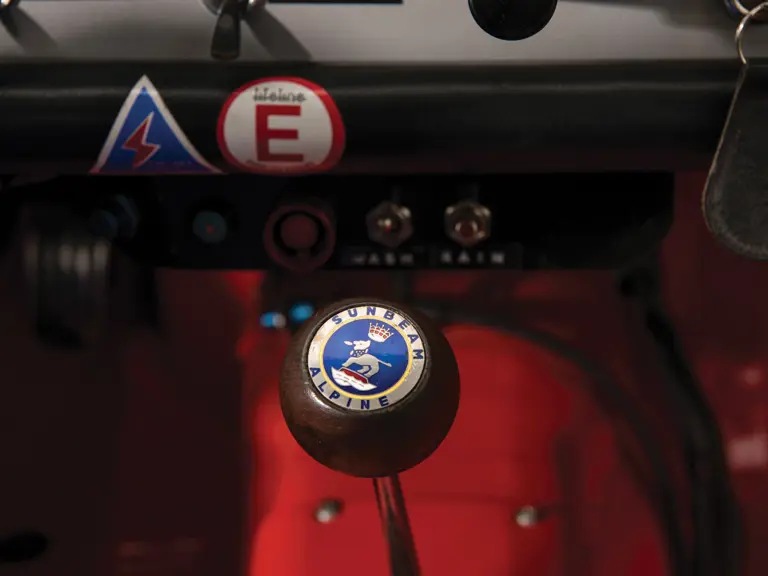
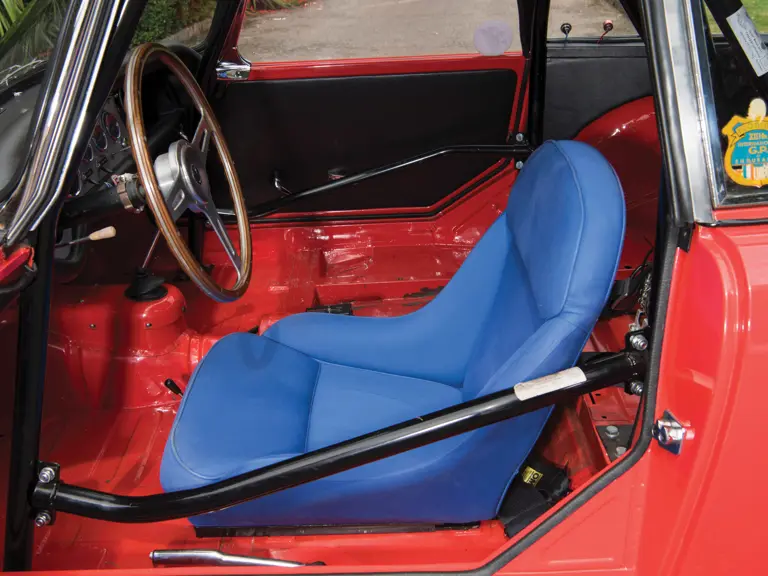
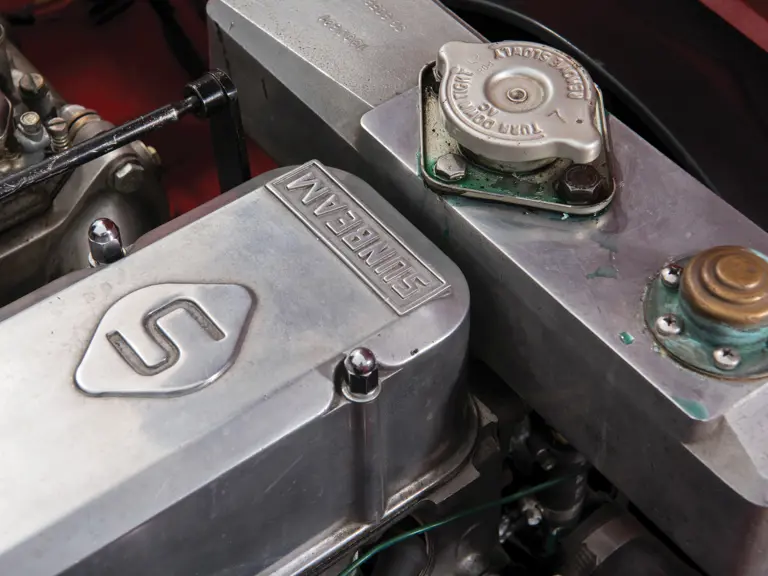


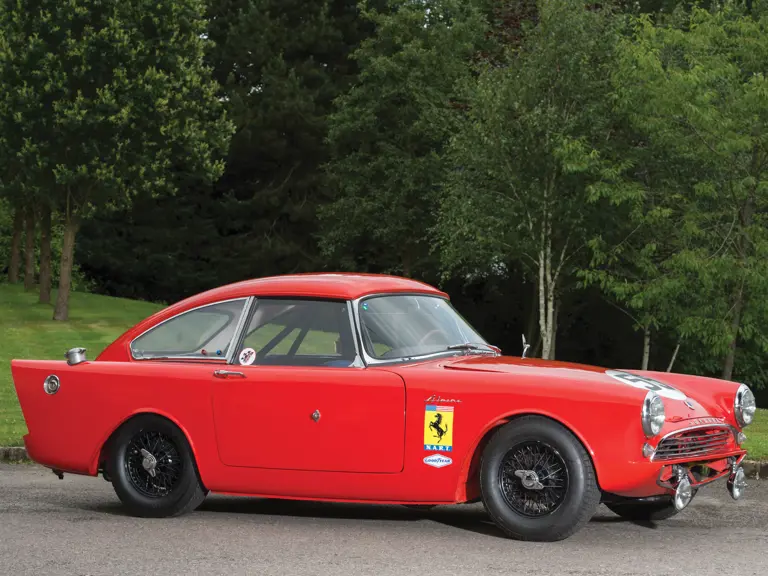
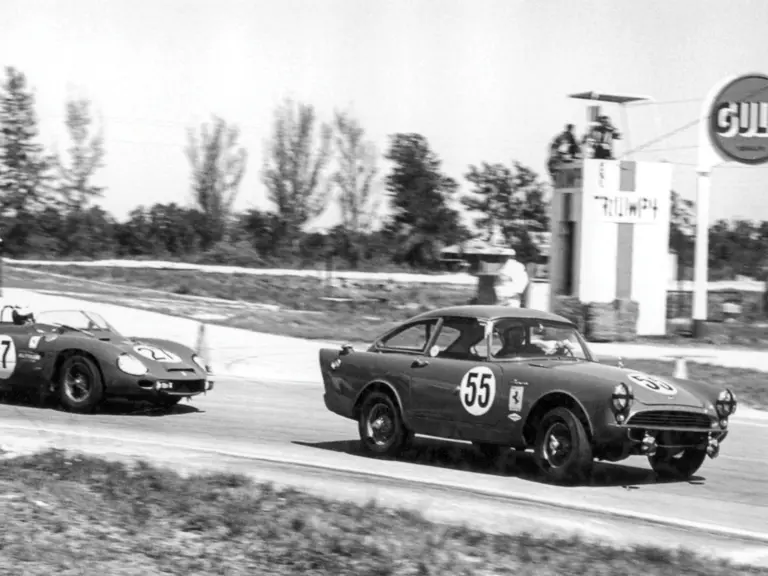
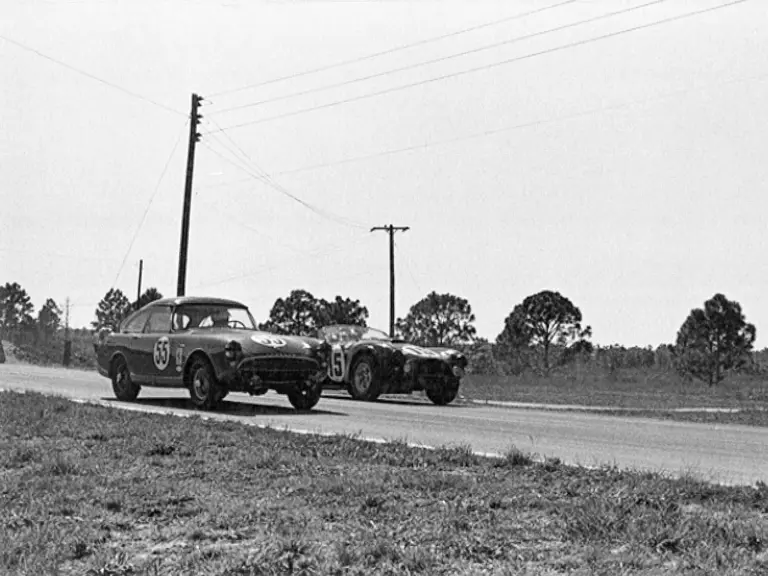
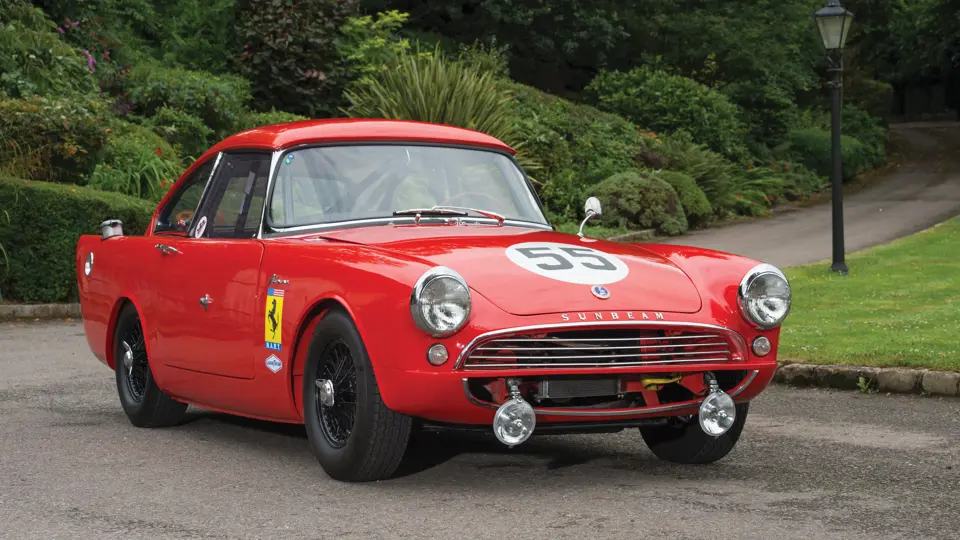
 | Phoenix, Arizona
| Phoenix, Arizona
